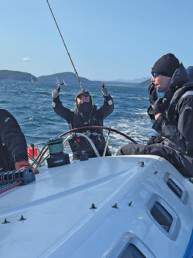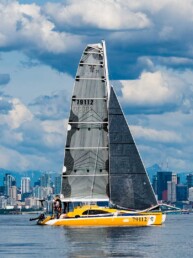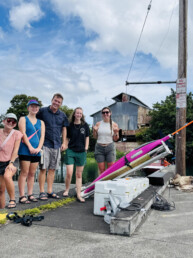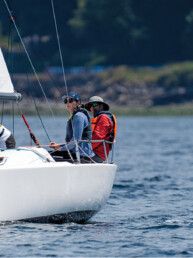Easy to install Raspberry Pi computer that gets its power from the NMEA 2000 bus — Great for SignalK, OpenCPN, and OpenPlotter.
Running a Raspberry Pi aboard a boat has been a popular thing to do for a number of years. I’ve had them on every boat since the Pi first came out. Connecting them to a NMEA 2000 network, and powering them off a DC battery bank has required a bit more work up until now.
Why a Pi?
There are many reasons to have a Raspberry Pi connected to your boat network that I can think of. My main reason is to run a Signal K server on it, have it connected to my NMEA 2000 network, and leverage the hundreds of plugins and pieces of software that you can install to create dashboards, gather data, set alarms and alerts, and so much more.
In addition, you can run OpenCPN or OpenPlotter and have a fully functioning boat control, autopilot, chart, etc. system that has features just like the big vendors.
On sailboats in particular, I loved having a Pi on board because I could have an always-on computer that didn’t take a ton of power, had a decent amount of CPU power, and use it to monitor things while I was away.
The old way…
The first step in connecting a Pi to the boat was to find a proper power supply. Raspberry Pi’s run off of USB power which is 5V, and not generally available on the boat in a permanent way. I always wanted mine to run off of the 12v DC battery bank without any connection to an AC outlet, inverter, or USB converter that isn’t hard wired. I have had good luck with this 12v-5v converter from Tobsun, and I particularly like it because it has four screw down terminals on it, making it easy to connect cabling.
Once the power problem is solved, connecting the Pi to the boat network involved either an Actisense NGT-1 USB adapter ($) or a canable.io adapter to get it on the NMEA 2000 network. Both have pros and cons and require connecting to a USB port on the Pi, plus some configuration.






